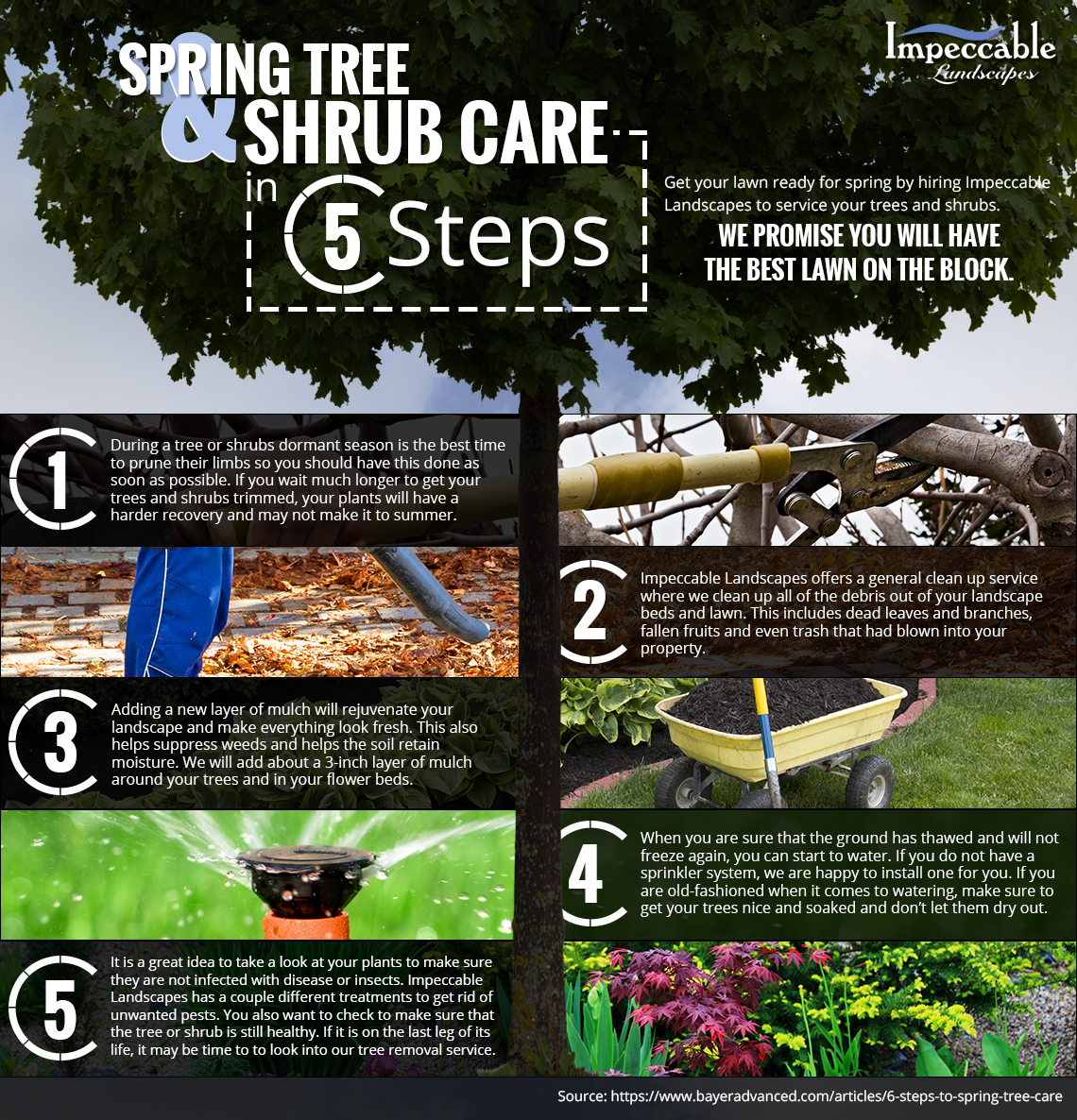When considering the best time to remove trees from your residential property, an important balance should be struck between tree health and wellness issues. Think about the prospective dangers positioned by unpredictable or rotting trees, and exactly how their removal can minimize these dangers. However when precisely is the optimum minute to undertake this task? Keep tuned to uncover the seasonal nuances that could affect your choice and guarantee the wellness of your trees and surroundings.
Ideal Timing for Tree Elimination
When it involves choosing the suitable timing for tree removal, it's important to consider elements such as the health and wellness of the tree, security issues, and ecological policies. Analyzing the tree's overall wellness is essential to identify if removal is essential. Dead or diseased trees present dangers and should be eliminated promptly to stop crashes or home damage.
Safety problems, such as closeness to structures, high-voltage line, or roadways, also play a significant duty in identifying the most effective time for removal. Following environmental guidelines is important to ensure that the elimination process is executed responsibly and legally.
Considering these factors, the optimum timing for tree elimination may vary. Generally, it's suggested to eliminate trees during the dormant period, commonly in late loss or wintertime. During this moment, trees aren't actively growing, making elimination much less stressful for the tree. Additionally, with fewer fallen leaves, it's easier for arborists to examine the tree's structure and securely conduct the removal process.
Seasonal Aspects to Consider
To ensure effective tree treatment techniques, it's important to take into account the seasonal elements that can influence the wellness and development of your trees. Recognizing these seasonal variants can aid you plan your tree treatment activities successfully.
In springtime, trees concentrate on brand-new development and budding. This is a perfect time for trimming to form the tree and remove dead branches.
Summer brings heat, necessitating proper watering to keep trees moistened.
Fall is when trees start preparing for inactivity, making it a great time for deep root fertilization to support their origin systems.
Winter, with its chilly temperature levels, is a duration of dormancy for a lot of trees, making it a convenience for tree elimination or significant pruning.
Effect On Tree Health and Landscape
Taking into consideration the seasonal aspects that influence your trees is crucial for their overall health and wellness and the look of your landscape. Appropriate tree care throughout the year can considerably affect their well-being and the visual appeal of your exterior space.
For example, pruning throughout the inactive cold weather can promote healthy and balanced development in the springtime, while getting rid of dead or unhealthy branches in the fall can avoid potential hazards during winter season tornados. Furthermore, checking your trees for indicators of parasites and diseases throughout the proper seasons can aid preserve their vitality and stop extensive problems.
Furthermore, the problem of your trees straight impacts the overall landscape layout. Trees that are well-maintained and healthy can improve the beauty and worth of your home, while overlooked or damaged trees might interfere with the visual allure of your outside setting.
Conclusion
Keep in mind, the most effective time to get rid of trees is throughout the inactive season to minimize stress and anxiety on the tree and ensure its health and wellness. Consider the seasonal factors and prospective dangers prior to scheduling tree elimination. By prioritizing liable tree treatment and maintenance, you can keep a safe and visually pleasing landscape for many years to come.
